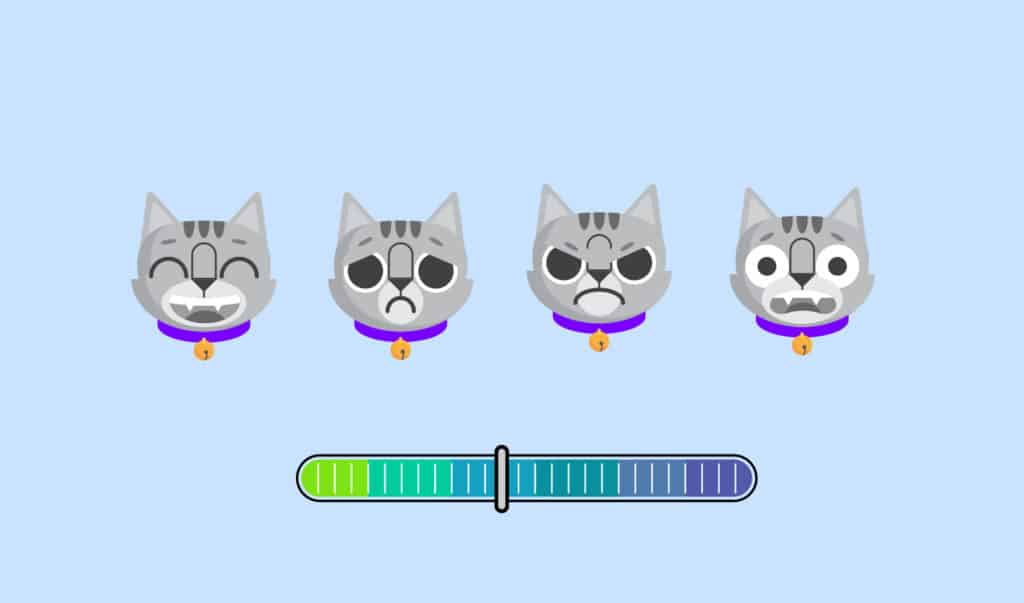Saved by Pain Scoring Charts: A Veterinary Technician’s Perspective

Objectifying pain assessment is a must
When working with animals, we lose the ability to ask our patients what hurts. We often have to gather clues that suggest an animal’s discomfort, and basically play detective in an effort to get to the source of their pain and what possibly caused it.
Due to this, it’s imperative that we know how to accurately gauge our patient’s pain so we can help to bring them relief.
With working in emergency medicine for the last 5 years, I’ve seen an endless amount of cases that require precise pain management and assessment. Some have been so vital that they’ve changed the courses of treatment drastically.
Free Download: 5 Veterinary Time-Saving Checklists
Working as a vet tech in Cambodia
Pain scoring charts have been used for quite some time in human medicine, but are still fairly new in veterinary medicine. Since pain can be subjective to each professional that may be assessing an animal, a pain scoring chart helps to make this process more uniform.
I experienced just how beneficial pain scoring charts can be during my time working at a veterinary clinic in Cambodia. Though you expect clinics in this part of the world to be a bit behind when it comes to medicine, treating a patient’s pain should always be at the top of the list.
View this post on InstagramA post shared by Amber LaRock ⚕️ (@vettechandtravel) on
When I first began my work at this clinic, their physical exams consisted of a quick run over, a standard vitals check, then hospitalizing them according to their obvious symptoms. There wasn’t any digging involved, no pain or symptom scoring, which likely left a lot of patients with their discomfort unaddressed. This also left a lot open to interpretation when it came to each vet that was involved in the animal’s care.
We then had a deep discussion about addressing symptoms that weren’t always obvious upon immediate examination, and that’s when a pain scoring chart was introduced to their protocol. We started with a cat that had been hospitalized due to severe gastroenteritis.
He was experiencing vomiting and diarrhea initially, but still refused to eat even after his symptoms were resolved with anti-emetics and GI antibiotics.
View this post on InstagramA post shared by Amber LaRock ⚕️ (@vettechandtravel) on
By using this feline pain scale the veterinarians were able to understand that curling up in the corner of a cage, hissing upon palpation, and disinterest in food weren’t just signs of being stressed in the clinic but could point to severe abdominal pain. After starting this furry friend on Gabapentin every 8 hours, he was digging into his boiled chicken and rice like no tomorrow. Thus was a clear example of how addressing a patient’s pain can be a huge step in their recovery.
The clinic now uses a pain scoring chart in every single one of their physical exams, and I am certain that their patient’s recovery processes are sped up due to this! While we have access to more advanced technology in the western veterinary world than this Cambodian clinic does, it shows you how a simple chart can have a huge impact.
Pain scoring chart recommendations
Think of a pain scoring chart as a way for you to advocate for your patient. When answering specific questions on the appearance of your patient, the main source of the pain can become more clear and help your patients receive the care they need. With that being said, you’ll need your pain scoring chart of choice to touch base on the things that are most important to you during your physical exams.
I prefer the pain scoring charts released by Colorado State University, as they go into great detail on the animal’s temperament. They leave little up to interpretation when assessing certain reactions to palpation, making it easier for everyone to be on the same page when they are tracking a pet’s recovery in the hospital.
As you’ll likely see when exploring online options, not all pain scoring charts are created equal. For example, this pain scoring chart for cats below is extremely broad when discussing a cat’s reaction to palpation.
The above diagram asks you to gauge the shape of the cat’s muzzle as an indicator of pain and includes a quick jump from unresponsive to aggressive when assessing their temperament. The answers to these questions could easily differ from doctor to doctor and can result in a cat not receiving an accurate pain assessment. When it comes to grading a cat’s pain, this scoring chart won’t get you very far.
The best pain scoring charts will have detailed descriptions, leave little room for confusion from doctor to doctor, and have a wide range of reactions to choose between for the most accurate results. When deciding on the best pain scoring chart for your clinic, make sure to look for:
- A minimum of 4 levels of pain to distinguish from and compare details
- Detailed reactions explaining responses to palpation of a surgical site, wound, or painful area
- Insights into body language with and without being touched
- Body tension and how animals attempt to guard their pain
- An area to leave notes for other vets or technicians to review
Summary
Though pain in animals can be a tricky subject, there are many tools that can give you insights into a correct diagnosis. By using pain scoring charts that address your clinic’s specific interests, you can better treat each furry friend that walks through your door!
About the author
Vetstoria
Vetstoria’s real-time online booking drastically reduces phone calls and keeps you in control. So you can focus on what matters most – providing quality pet care. Made for vets, by vets.